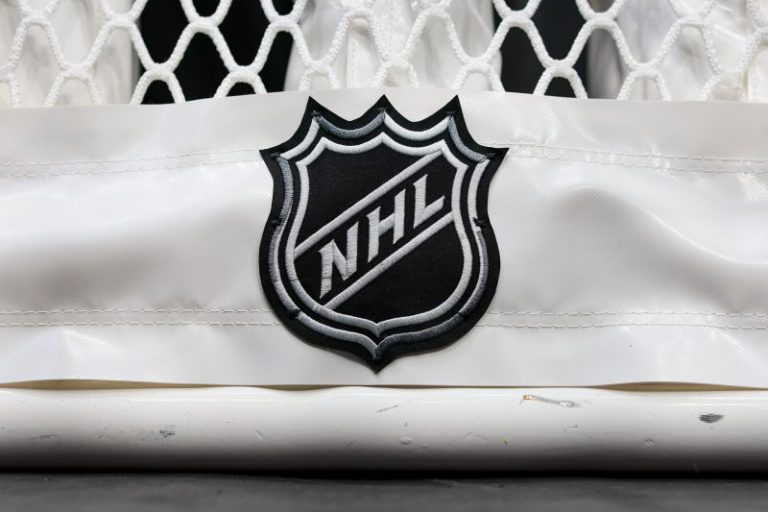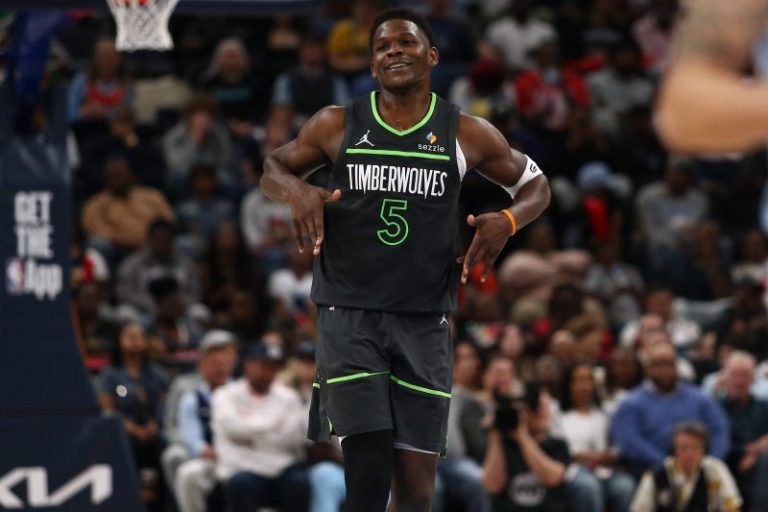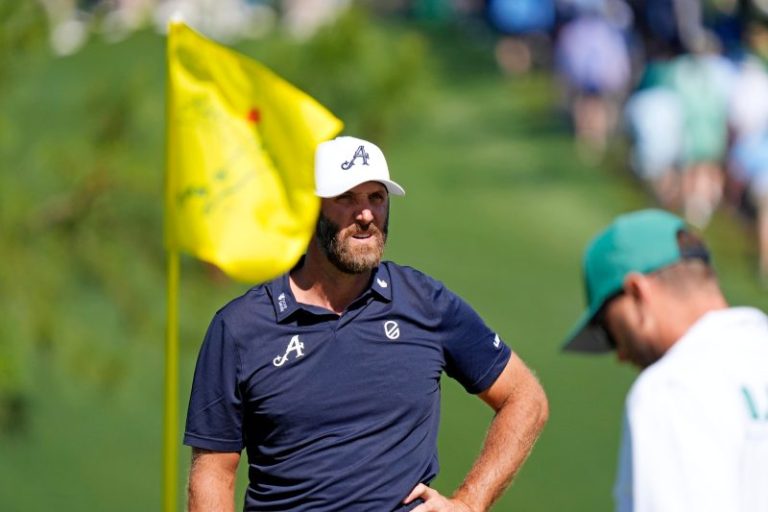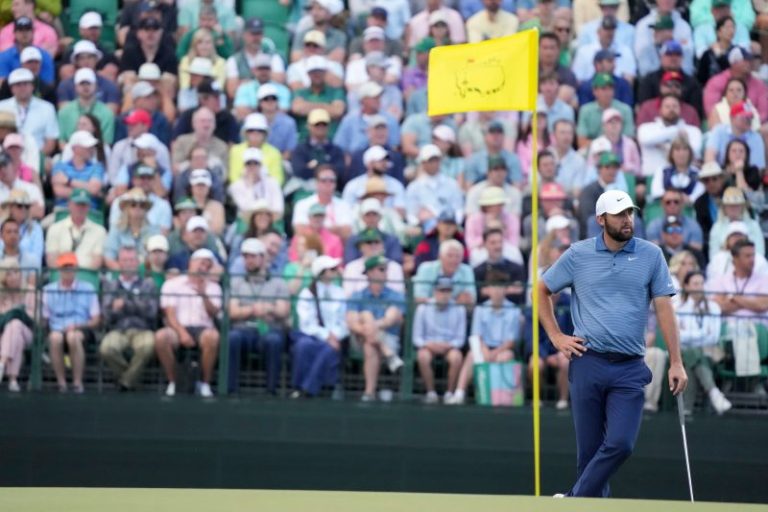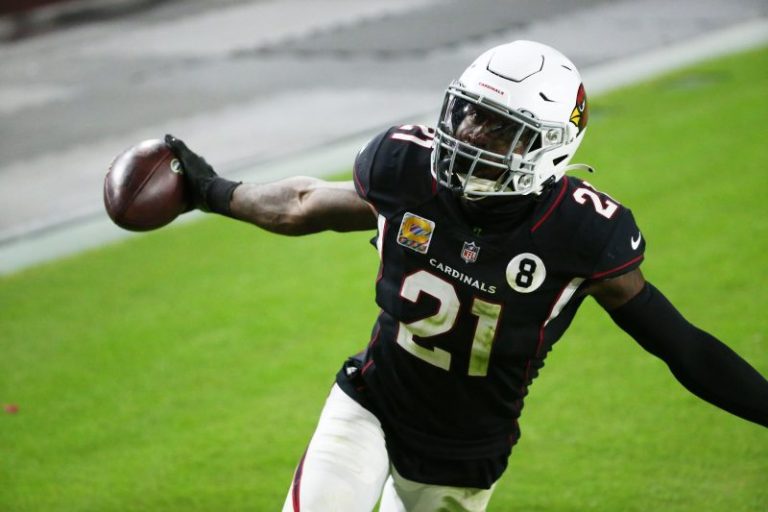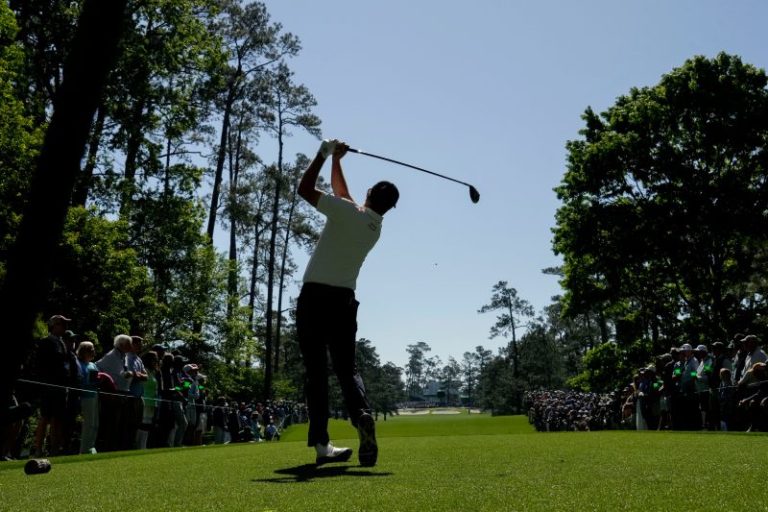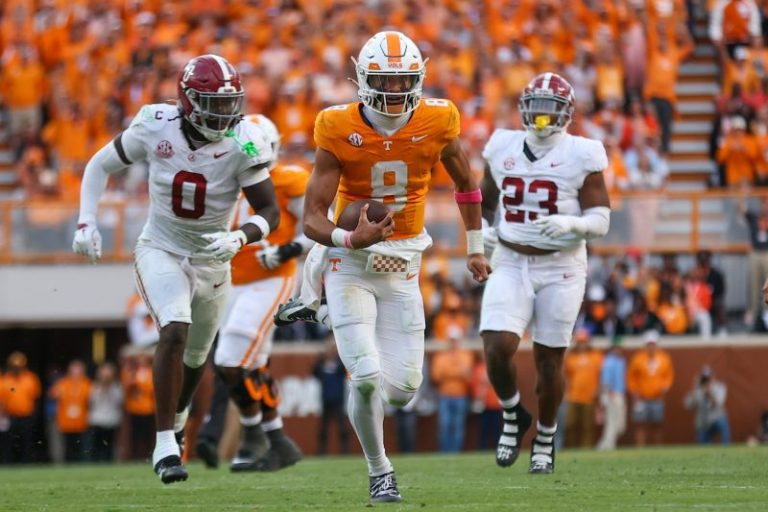The Edmonton Oilers clinched the NHL’s 13th playoff berth on Friday night, giving them a chance for another run after last season’s trip to Game 7 of the Stanley Cup Final.
The Minnesota Wild and Montreal Canadiens came up short Friday in their efforts to clinch, but they get another shot on Saturday. The Wild will need help. Also, the Vegas Golden Knights (Pacific) and Winnipeg Jets (Central) can clinch division titles. If they do, two more playoff series (Dallas Stars vs. Colorado Avalanche and Los Angeles Kings vs. Oilers, home-ice advantage TBD) will be confirmed.
Here’s a look at the NHL playoff picture through games of April 11:
Who’s in the NHL playoffs?
Eastern Conference: Washington Capitals, Carolina Hurricanes, New Jersey Devils, Toronto Maple Leafs, Tampa Bay Lightning, Florida Panthers, Ottawa Senators
Western Conference: Winnipeg Jets, Dallas Stars, Colorado Avalanche, Vegas Golden Knights, Los Angeles Kings, Edmonton Oilers
Who can clinch Saturday?
The Canadiens will clinch a playoff berth if they beat the Maple Leafs in regulation. They’ll also clinch if they win in overtime or a shootout and the Blue Jackets don’t beat the Capitals in regulation. Third option: They get one point and the Blue Jackets lose. Update: The Blue Jackets won in regulation so Montreal will need to win in regulation.
The Wild will clinch a playoff berth if they beat the Canucks and the Blues lose to the Kraken in regulation.
The Jets will clinch the Central Division title and the No. 1 seed in the Western Conference if they get at least one point vs. the Blackhawks or if the Stars don’t beat Utah in regulation.
The Golden Knights will clinch the Pacific Division title if they defeat the Predators in regulation. They’d also clinch if they win in overtime or a shootout and the Kings don’t beat the Avalanche in regulation. Third option: They get one point and the Kings lose. Fourth option: The Kings lose in regulation.
NHL games today (Saturday, April 12)
N.Y. Islanders at Philadelphia, 12:30
Washington at Columbus, 12:30 | ABC | ESPN+ | Fubo
N.Y. Rangers at Carolina, 3 | ABC | ESPN+ | Fubo
Colorado at Los Angeles, 4
Buffalo at Florida, 6
Montreal at Toronto, 7
Winnipeg at Chicago, 7 | NHL Network
Utah at Dallas, 8
Minnesota at Vancouver, 10
Nashville at Vegas, 10
St. Louis at Seattle, 10
NHL Eastern Conference standings 2024-25
(as of games April 11; x-clinched playoff berth; y-clinched division title; z-eliminated from postseason contention)
Metropolitan Division
y-Washington Capitals (109 points)
x-Carolina Hurricanes (97)
x-New Jersey Devils (89)
Atlantic Division
x-Toronto Maple Leafs (100)
x-Tampa Bay Lightning (98)
x-Florida Panthers (96)
Wild card
x-Ottawa Senators (92)
Montreal Canadiens (87)
Sitting outside playoff position: Columbus Blue Jackets (83), New York Rangers (81), Detroit Red Wings (81), z-New York Islanders (80), z-Pittsburgh Penguins (78), z-Buffalo Sabres (76), z-Philadelphia Flyers (75), z-Boston Bruins (73)
NHL Western Conference standings 2024-25
(as of games April 11; x-clinched playoff berth; z-eliminated from postseason contention)
Central Division
x-Winnipeg Jets (112)
x-Dallas Stars (106)
x-Colorado Avalanche (100)
Pacific Division
x-Vegas Golden Knights (105)
x-Los Angeles Kings (99)
x-Edmonton Oilers (97)
Wild card
Minnesota Wild (93)
St. Louis Blues (93)
Sitting outside playoff spot: Calgary Flames (90), z-Vancouver Canucks (87), z-Utah Hockey Club (85), z-Anaheim Ducks (78), z-Seattle Kraken (74), z-Nashville Predators (66), z-Chicago Blackhawks (56), z-San Jose Sharks (51)
NHL playoffs if they started today
NHL Eastern Conference playoff bracket
Here is how the Eastern Conference playoff bracket would look if the season ended after games on April 11:
Key: M – Metropolitan Division. A – Atlantic Division. WC – wild card
Washington (M1) vs. Montreal (WC2)
Carolina (M2) vs. New Jersey (M3) This series has been confirmed.
Toronto (A1) vs. Ottawa (WC1)
Tampa Bay (A2) vs. Florida (A3)
The winner of the first series would play the winner of the second. The winner of the third series would play the winner of the fourth.
NHL Western Conference playoff bracket
Here is how the Western Conference playoff bracket would look if the season ended after games on April 11:
Key: C – Central Division P – Pacific Division. WC – wild card
Winnipeg (C1) vs. St. Louis (WC2)
Dallas (C2) vs. Colorado (C3)
Vegas (P1) vs. Minnesota (WC1)
Los Angeles (P2) vs. Edmonton (P3)
The winner of the first series would play the winner of the second. The winner of the third series would play the winner of the fourth.
What is the tiebreaker procedure for the NHL playoffs?
If two or more teams are tied in points at the end of the regular season, here are the tiebreakers (how tiebreakers affect the playoff races):
Regulation wins
Regulation and overtime wins
Total wins
Most points earned in head-to-head competition: If teams had an uneven number of meetings, the first game played in the city that has the extra game is excluded.
Goal differential
Total goals
When does the NHL regular season end?
The NHL regular season is scheduled to end on Thursday, April 17, with seven games.
When do the NHL playoffs start?
The NHL’s Stanley Cup playoffs are scheduled to begin on Saturday, April 19.

